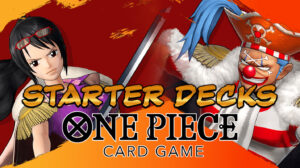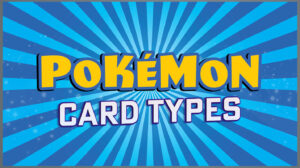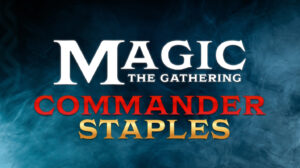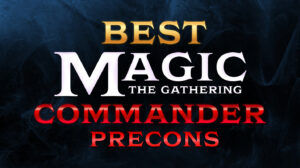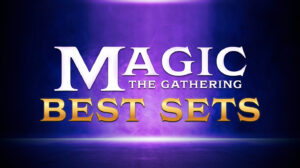Why Are Pokémon Cards So Expensive? A Deep Dive into the Trading Card Craze
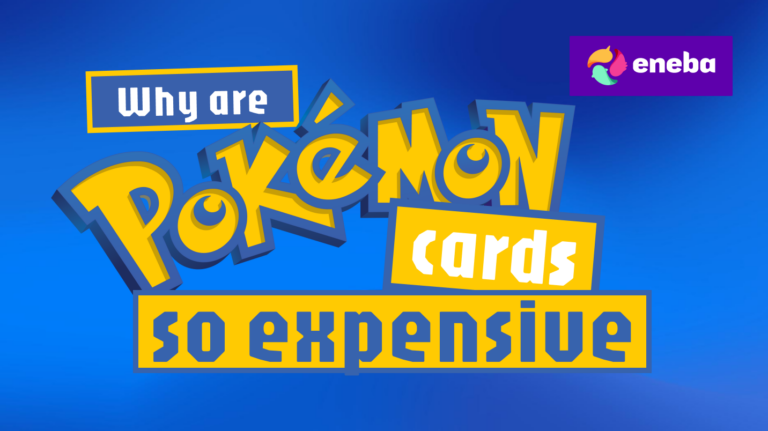
For anyone who grew up with the Pokémon universe, collecting and trading cards is a connection to a world of colorful creatures and friendly battles. Yet over the last few years, prices for some cards have gone through the roof. Why are Pokémon cards so expensive today?
I’ve been part of the hobby since the late 1990s, and I’ve watched the market swing from cheap booster packs in local shops to auction prices topping a million dollars. In this article, I’ll unpack what makes these pieces of cardboard so pricey, using both industry data and personal experience to help you navigate the market without feeling overwhelmed.
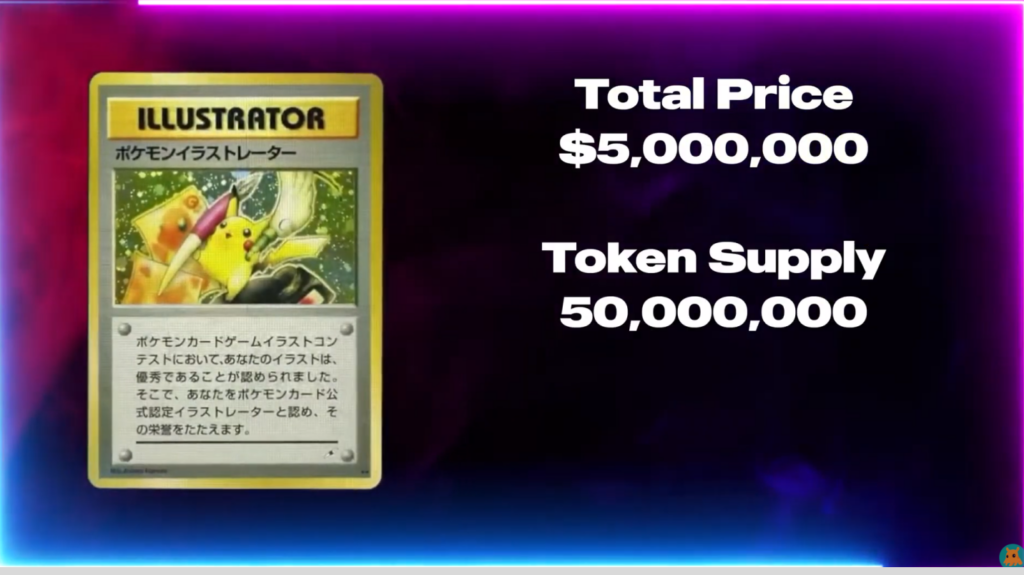
Jump to:
Why Are Pokémon Cards So Expensive Today?
Why are Pokémon cards so expensive right now? At its core, it comes down to supply and demand. The Pokémon Company prints cards in waves. When a new set launches, print runs are often limited to avoid over‑saturation, which leaves certain products scarce on store shelves. At the same time, demand has skyrocketed. Nostalgic adults want to relive their childhood, kids want to join in on the fun, and speculators treat sealed booster boxes like lottery tickets. Those forces collide to push prices up.
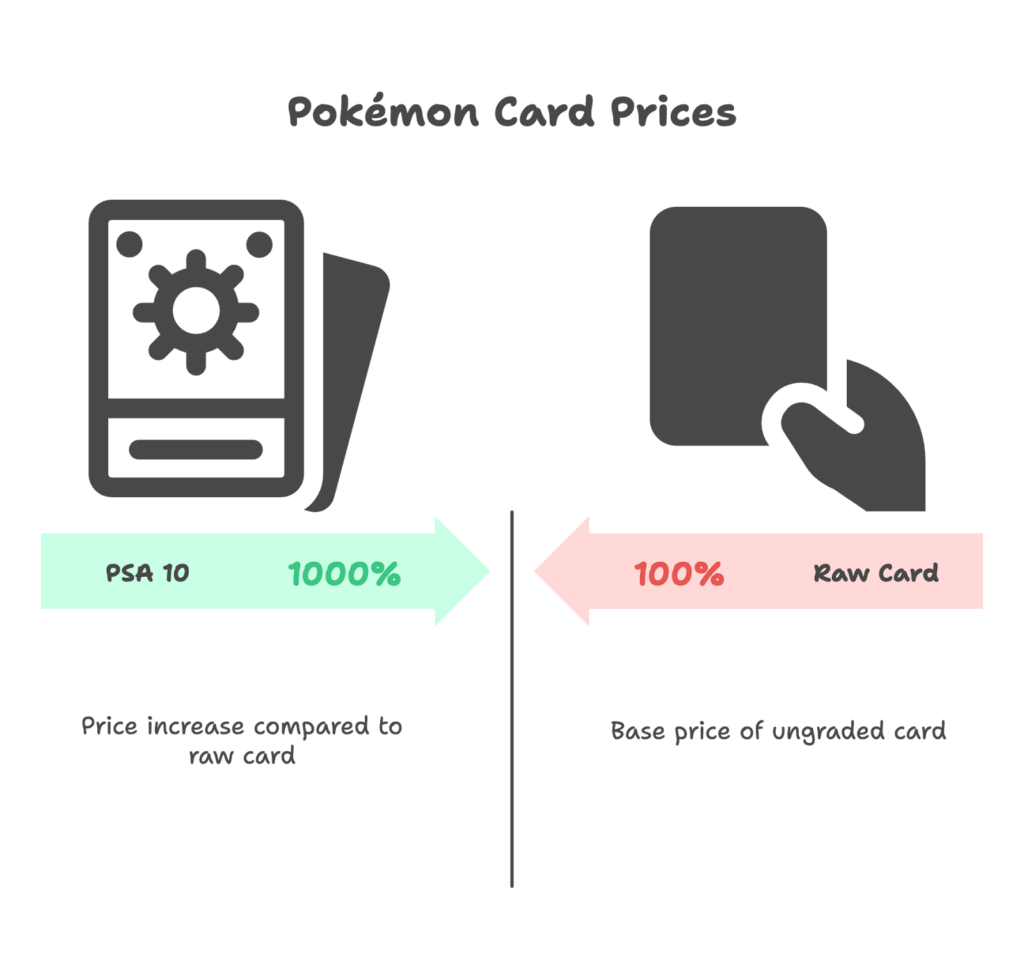
High demand alone doesn’t explain everything. Specific rare cards, such as alternate‑art versions or secret rares, are intentionally short‑printed. When a card has a pull rate of one in hundreds of packs, it naturally commands a premium. Grading companies like PSA and Beckett also amplify prices. A graded PSA 10 copy can sell for multiples of a raw card because condition matters. Add in the heightened visibility from celebrity influencers showing off collections on YouTube or streaming platforms, and you have the recipe for soaring prices.
The Role of Rarity and Card Grading
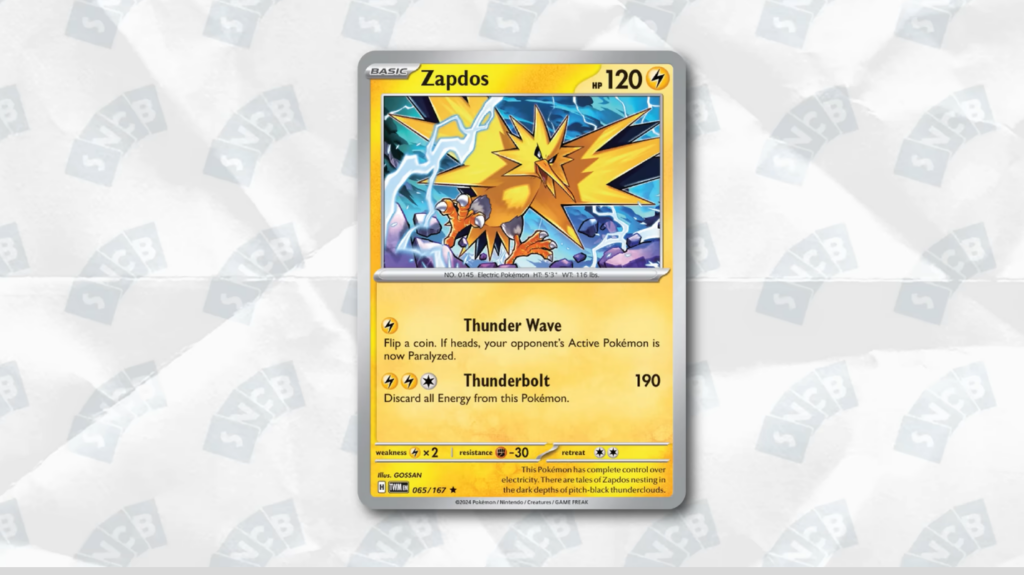
While most cards are affordable, the ones driving headlines are usually ultra‑rare. Trophy cards given out at tournaments, special promotional cards, and cards with printing errors are in extremely short supply. Scarcity, combined with nostalgia, creates a sense of urgency. Collectors chase the holy grail of a Pikachu Illustrator, a card that sold for over five million dollars in 2021. When there are only a few dozen copies in existence and even fewer in pristine condition, it isn’t surprising that prices go sky‑high.
Our blog post on 20 rare Pokémon cards shows just how legendary some of these rarities are. If you’re curious about the stories behind cards like the Illustrator Pikachu or the Blastoise Presentation Galaxy Holo, it’s a great read.
Grading companies play a huge role in turning collectibles into investments. A mint condition card receives a higher grade, and that grade can multiply its value. I remember sending off a Charizard from my childhood to a grading service. Even though the card was nearly flawless, it came back as a PSA 9 instead of a 10 due to a tiny centering error.
That single point made the difference between a few hundred dollars and several thousand. Many investors rely on third‑party grades to establish authenticity and assess condition, which feeds into the perception that graded cards are safer bets. This mindset encourages people to pay more for graded versions, pushing prices even higher.
Supply, Demand, and Market Dynamics
Beyond individual card rarity, the overall market structure shapes prices. Collectors often talk about supply and demand driving card values, but the dynamics are complex. On the supply side, production cycles, reprints, and distribution all matter. During the pandemic, manufacturing slowdowns and increased shipping costs resulted in fewer products hitting retailers. At the same time, the surge of people staying at home led to unprecedented demand for hobbies, including trading card games. Empty store shelves made new booster packs feel like gold, and scalpers swooped in to resell them at inflated prices.
Artificial scarcity also plays a part. Distributors and resellers sometimes hold back product to create a sense of exclusivity. When certain sets, like Evolving Skies, were withheld or sold in limited quantities, the secondary market exploded. Speculators would buy up stock as soon as it appeared online, causing immediate shortages and forcing enthusiasts to pay above retail. Soft buyouts, where a few buyers collectively purchase large quantities of a specific card, can temporarily spike prices. However, these bubbles rarely last. By understanding the patterns, you can avoid buying at the peak.
For a broader view of card availability and how sets evolve over time, check out our guide to all Pokémon TCG sets (from base to SV). It provides context on how older eras like Base Set, Neo, and XY compare to modern Scarlet & Violet releases. Reading about the history of the game helps explain why earlier print runs are smaller and why older sets naturally cost more.
Many of these early cards were printed in smaller numbers, and many have been damaged or lost over decades of play, so surviving mint copies are rare.
Influencers, Media, and Pop Culture Impact
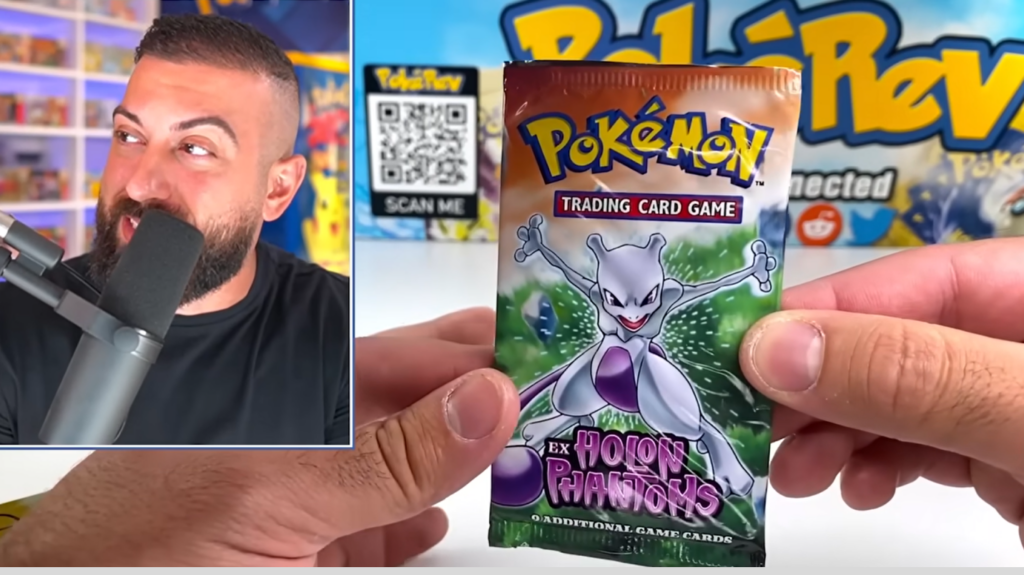
Another factor behind today’s high prices is the spotlight from influencers and mainstream media. High‑profile openings on streaming platforms, celebrity purchases, and record‑setting auction headlines draw attention to the market. In 2021, when Logan Paul bought a Pikachu Illustrator and wore it around his neck during a boxing match, the story dominated news feeds. Suddenly, a whole new audience learned that Pokémon cards could be worth millions. The resulting wave of newcomers flooded the market, scooping up sealed products and single cards alike.
The Pokémon franchise is also tied closely to its video game releases. New games introduce new creatures and mechanics, which then translate into the trading card game. When games like Scarlet & Violet arrive, excitement spills over into the TCG. New sets timed with game launches drive demand for cards featuring fresh characters, which often makes them instant chase cards.
Our article on the most expensive Pokémon cards highlights how certain modern cards can skyrocket because of their connections to popular games and characters. That synergy keeps prices high for the most sought‑after cards.
Media coverage tends to focus on extraordinary sales, which can create unrealistic expectations. Articles about a raw card selling for six figures might inspire you to dig through your old binder, but such events are rare. Most cards, even those from the 1990s, aren’t worth more than a few dollars unless they are top grades or unique misprints. The hype cycle can also backfire; after a surge, prices often cool down. Collectors who buy during peaks risk losing money when the market corrects.
Are Pokémon Cards Still Worth It for Gamers?
With all the talk of six‑figure price tags, it’s easy to forget that Pokémon is still a game designed for fun. The vast majority of cards are inexpensive and meant for playing rather than hoarding. Booster packs contain a mix of common, uncommon, and rare cards, and you can build a competitive deck on a modest budget.
For example, I often buy sealed booster packs to enjoy the thrill of opening them with friends, knowing that most cards will go straight into decks rather than a display case. While I dream of pulling an alternate‑art Charizard, I don’t expect to retire on my collection.
For players, value is more about the excitement of building a deck and outwitting opponents. Competitive viability can temporarily boost prices, but once a card rotates out of standard formats or strategies evolve, those prices drop.
Cards like Origin Forme Dialga V, which gained value after winning tournaments, eventually level out. If you’re primarily a player, focus on cards that improve your decks rather than on those everyone else is chasing. There’s nothing wrong with collecting, but mixing play and collecting helps keep costs reasonable.
Building a collection sensibly also means knowing when not to chase. Avoid FOMO by setting a budget for each set and sticking to it. Consider purchasing singles instead of gambling on sealed products if you’re after specific pieces. Keep cards in sleeves and use a binder to prevent damage; our coverage of the best Pokémon card binders offers suggestions that protect your investment and look great on a shelf. Remember that a collection is personal. It can reflect your favorite Pokémon, sets, or art styles, and not just the market’s hottest items.
Summary and Smart Buying Tips
The story of why Pokémon cards are so expensive is ultimately a tale of passion colliding with market forces. Limited supply, high demand, deliberate scarcity, influencer hype, and the power of nostalgia all play roles. Rare cards and high grades command enormous premiums, yet most cards are still affordable and fun. Pricing bubbles come and go, and while some people treat cards as investments, it’s wiser to approach the hobby with a collector’s heart and a player’s mindset.
If you’re itching to get back into the game or expand your collection, there are smart ways to do it. Shop around, compare prices, and don’t rush into purchases because of hype. Consider the pleasure you’ll get from playing or displaying a card rather than its resale value. And if you’re looking to play the latest Pokémon games on Nintendo Switch or stock up on digital content, buying a Nintendo eShop Card from our store can be a good move. This gift card lets you add funds to your eShop account without using a credit card and often comes at a discount, so you can download Pokémon titles or expansions and still have money left over. You can enjoy collecting without breaking the bank simply by keeping your spending in check and focusing on the joy of the hobby.
FAQs
Why are Pokémon cards so expensive right now?
The reason why Pokémon cards are so expensive right now is that demand has surged while supply remains limited due to short print runs, distributor hoarding, and production delays. Collectors, players, and speculators all compete for the same products, driving up prices on sealed boxes and rare singles.
What makes certain Pokémon cards more valuable than others?
The factors that make certain Pokémon cards more valuable than others include rarity, condition, age, and popularity of the featured Pokémon. Cards with limited print runs, unique artwork, or error prints often command premium prices, especially when graded in gem mint condition.
How can you tell if a Pokémon card is worth money?
To tell if a Pokémon card is worth money, you should check the set symbol, rarity icon, and condition. Look up recent sales for the same card, paying attention to grading and edition, and compare them to yours to gauge its value.
Will Pokémon card prices go down?
Whether Pokémon card prices will go down depends on factors like reprints, shifts in demand, and changes in competitive play. Markets tend to cool after hype cycles, so prices may decline as supply increases and speculators move on.
Are new Pokémon cards a good investment?
No, new Pokémon cards are generally not a guaranteed investment because values fluctuate, and most cards lose money over time. Collecting should be driven by enjoyment and passion rather than an expectation of profit.


